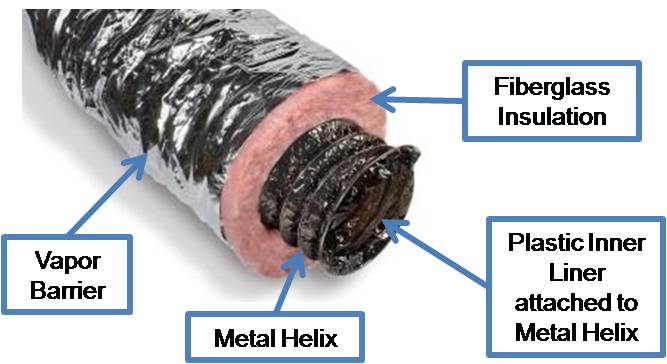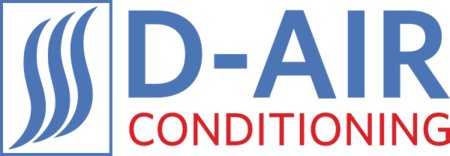The modern residential central air system is a thing of beauty. It was first invented over 100 years ago and has in many ways not fundamentally changed. Your home's central system consists of 6 components all working together to keep you warm in the winter and cool during the summer. These components include: 1) Furnace (with Air Handler), 2) Condenser, 3) Evaporator Coil, 4) Ducts, 5) Thermostats, and 6) Air Filters.
1. Furnace + Air Handler

The natural gas or electric furnace is the most recognizable component of a central heating and central air conditioning system. The furnaces' job is to keep your family warm during the winter and uses an internal coil system to heat up the air. The bottom portion of a furnace contains the "blower" / air handling fan. This fan circulates the air and pushes the heat into the duct system. When operating in the air conditioning mode, the furnace is turned off and just the blower is used to circulate the cool air.
2. Condenser
The condenser is the most important part of an air conditioning system. The condenser transfers the hot temperature indoors to the outside leaving the room nice and cool. Some condensers are known as heat pump because they can pump heat into the house as well as take heat from the home. As a result, the heat pumps can provide both central heating and central air conditioning. In many parts of the United States, the air conditioning condenser is combined with a natural gas furnace. The furnace handles the heating requirements while the condenser handles the cooling one.

3. Evaporator Coil
The evaporator coil is the second half of the air conditioner and is placed inside the home. The coil is typically attached to a furnace in order to take advantage of the furnace's blower. For the AC to work, refrigerant must flow between the coil and the condenser. This cycle allows for heat to be pumped outside the home and leads to a decrease in indoor temperatures.

4. Ducts
Your duct system is the delivery mechanism for the central air and central heating system. The ducts sends the hot or cold air across your home into individual rooms. The most common type of duct system in a residential project the flexible duct with a metal helix. The ducts are reinforced with fiberglass insulation and a vapor barrier keep the hot or cool air from escaping.

5. Thermostat
Your thermostat is the brain of your central air system. With simple controls, you can set the desired temperature and even program it to save you energy. Smart phone devices have led to even greater convenience and integration opportunities.

6. Air Filters
Heating and cooling would be insufficient if we did not address the issue of indoor air quality. The average American spends 80% to 90% indoors so it is essential that we keep the air as clean as possible. Advance air filters allow for the removal of dust, allergens, bacteria, and pollen from the air. Some systems use UVA lamps and a dioxide catalyst to kill bacteria and remove odor from the air.






